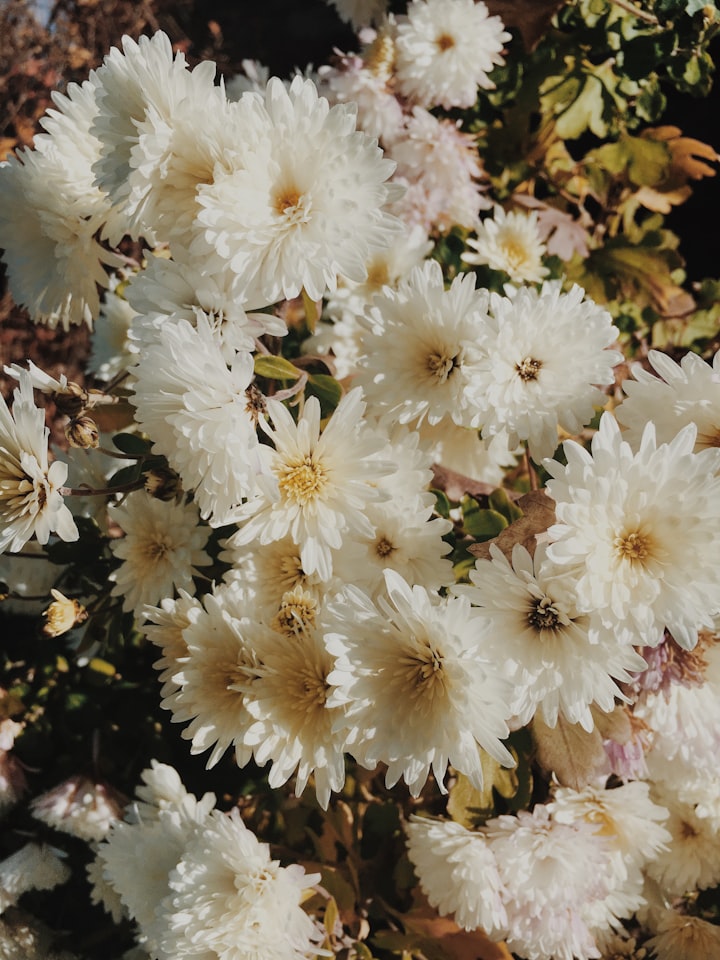
Beautiful flowers play several important roles in a garden. Here are some of the key roles they fulfill:
Flowers are known for their beauty and vibrant colors. They add visual interest and create an enchanting atmosphere in a garden. The varied shapes, sizes, and colors of flowers create a pleasing and inviting environment for people to enjoy.
Flowers are an essential part of the pollination process, which is crucial for plant reproduction. They produce nectar and pollen, attracting insects, birds, and other animals that transfer pollen from one flower to another. This process allows plants to produce seeds and ensures the continuity of various plant species.
Many flowers have a delightful fragrance that enhances the sensory experience in a garden. Fragrant flowers like roses, jasmine, lavender, and gardenias can fill the air with their pleasant scents, creating a soothing and relaxing environment.
Creating a beautiful garden involves a variety of factors, including the selection of flowers that provide color, fragrance, and visual appeal. While there are countless options to choose from, here is a list of 124 flowers that can contribute to making your garden beautiful:
1. Rose
2. Tulip
3. Sunflower
4. Daisy
5. Lily
6. Geranium
7. Hydrangea
8. Orchid
9. Carnation
10. Daffodil
11. Marigold
12. Pansy
13. Peony
14. Iris
15. Zinnia
16. Cosmos
17. Snapdragons
18. Morning glory
19. Lavender
20. Chrysanthemum
21. Begonia
22. Petunia
23. Dahlia
24. Gladiolus
25. Sweet pea
26. Poppy
27. Gerbera daisy
28. Amaryllis
29. Hollyhock
30. Fuchsia
31. Anemone
32. Foxglove
33. Delphinium
34. Coneflower
35. Canterbury bells
36. Columbine
37. Bleeding heart
38. Gazania
39. Phlox
40. Black-eyed Susan
41. Sweet William
42. Verbena
43. Nasturtium
44. Forget-me-not
45. Salvia
46. Hibiscus
47. Freesia
48. Ranunculus
49. Camellia
50. Canna lily
51. Gloriosa lily
52. Lisianthus
53. Lantana
54. Bougainvillea
55. Cosmos
56. Iceland poppy
57. Stock
58. Scabiosa
59. Dianthus
60. Statice
61. Gaillardia
62. Geranium
63. Chrysanthemum
64. Heliotrope
65. Celosia
66. Bee balm
67. Calendula
68. Lupine
69. Nicotiana
70. Rudbeckia
71. Veronica
72. Coreopsis
73. Baby's breath
74. Bachelor's button
75. Bleeding heart
76. Butterfly bush
77. Hellebore
78. Hollyhock
79. Penstemon
80. Sweet Alyssum
81. Thunbergia
82. Osteospermum
83. Portulaca
84. Agapanthus
85. Gaillardia
86. Helenium
87. Gaura
88. Baptisia
89. Bee balm
90. Coral bells
91. Joe-Pye weed
92. Japanese anemone
93. Balloon flower
94. Chinese lantern
95. Larkspur
96. Cleome
97. Spider flower
98. Angel's trumpet
99. Queen Anne's lace
100. Chinese forget-me-not
101. Love-in-a-mist
102. Four o'clock
103. Shasta daisy
104. Fritillaria
105. Sneezeweed
106. Monkey flower
107. Sweet William
108. Spiderwort
109. Bleeding heart
110. Meadow rue
111. Monkshood
112. Tuberose
113. Trumpet vine
114. Yarrow
115. Veronica
116. Asters
117. Butterfly weed
118. Balloon flower
119. Scabiosa
120. Globe amaranth
121. Candytuft
122. Nigella
123. Snapdragon
124. Rock cress
Flowers attract a wide range of wildlife, including butterflies, bees, hummingbirds, and other beneficial insects. They provide these creatures with a source of food, shelter, and a place to breed. By planting flowers, you can help support local ecosystems and promote biodiversity in your garden.
Beautiful flowers can be cut and used as decorative elements inside the house. A vase filled with fresh flowers can brighten up any room, adding color and freshness to the indoor environment. Additionally, cut flowers can be used for various purposes, such as floral arrangements, bouquets, and special occasions.
Flowers have been shown to have a positive impact on mental health and well-being. The presence of flowers in a garden can promote relaxation, reduce stress, and improve mood. Gardening and tending to flowers can also serve as a therapeutic activity, providing a sense of purpose and accomplishment.
Different flowers bloom at different times of the year, providing seasonal interest in a garden. By selecting a variety of flowering plants with staggered blooming periods, you can ensure that your garden has a continuous display of beautiful flowers throughout the year, keeping it visually appealing and dynamic.
Gardens contribute to the overall health of the environment. They help mitigate climate change by absorbing carbon dioxide and releasing oxygen through photosynthesis. Gardens also provide habitats for various plants, insects, birds, and other wildlife, promoting biodiversity and supporting ecosystems.
Gardening has been shown to have positive effects on mental and physical health. It can reduce stress, anxiety, and depression while improving mood and overall well-being. Engaging in gardening activities also provides opportunities for exercise, outdoor exposure, and vitamin D absorption.
Gardens play a crucial role in food production, especially in urban areas where access to fresh, healthy food may be limited. By growing vegetables, fruits, and herbs, individuals can supplement their diets with nutritious, homegrown produce. This promotes self-sufficiency, encourages healthy eating habits, and reduces reliance on commercial agriculture.
Overall, beautiful flowers in a garden bring joy, attract wildlife, support the environment, and contribute to the overall beauty and ambiance of outdoor spaces.






Comments
There are no comments for this story
Be the first to respond and start the conversation.